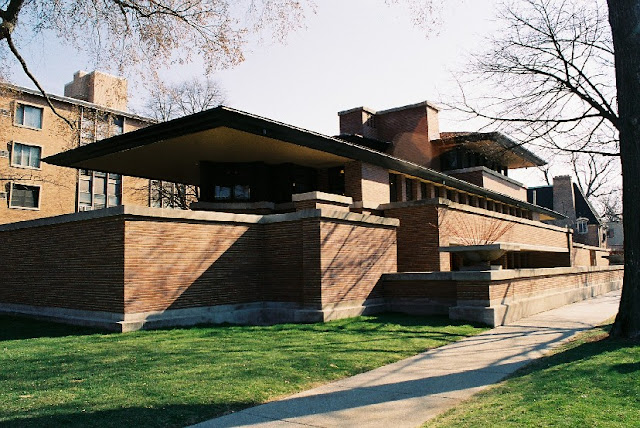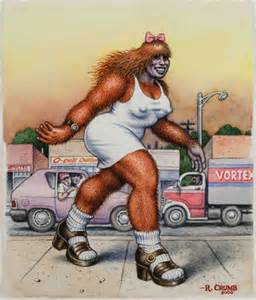I'm a big fan of the German built - North American railroad stations that were all over the East Coast and Canada about 140 years ago.
Even small towns had terrific train stations in those days. I guess it was a matter of civic pride.
Surviving European German rail stations from that period (above)...the small to medium ones... don't look like the American type.
If our stations were designed by European Germans, and the Euro-Germans themselves didn't have them, then the good architects of this movement must have been lured over here by money, creative opportunities or by difficulties at home. There's a story there...I wish I knew what it was.
I'll assume that German immigrants built these beautiful things. I don't think most people realize how creative these people were. Look at the German-style "el" stations in New York City. They're first rate.
I see a dynamic mixture of styles: Arts and Crafts, Gothic, traditional German, Victorian, and another style which I still don't know the name of, which deliberately exposes the structure of a building. It proudly puts the engineering right out there, where you can see it.
Geez, I think I even see a precursor of Expressionism in there (above)!
The German American railroad style even influenced Frank Lloyd Wright. That's his Nathan Moore House, above. It's like a railroad station you can live in...only with sharper angles.
It even influenced his famous Robie House (above). It looks like a train station, doesn't it? The roof especially reminds me of something you'd see on railroad loading platforms.
Why is all this important' you ask? Because the German American rail station style is one of the best wide-spread architectural styles ever invented in the Western World. Maybe the very best. Let that sink in. The very best.
*************
BTW: Kinkade, a commenter, makes the point that German-American Henry Hobson Richardson (1838 -1886) might have been a big influence on this style. He certainly had a fondness for railroad stations. He was a terrific designer, no doubt about it, but the stations he built were influenced by his take on the Romanesque style, which is different than what I've shown here. But, who knows, maybe Kinkade's right. Anyway try some of the links he sent.





















































